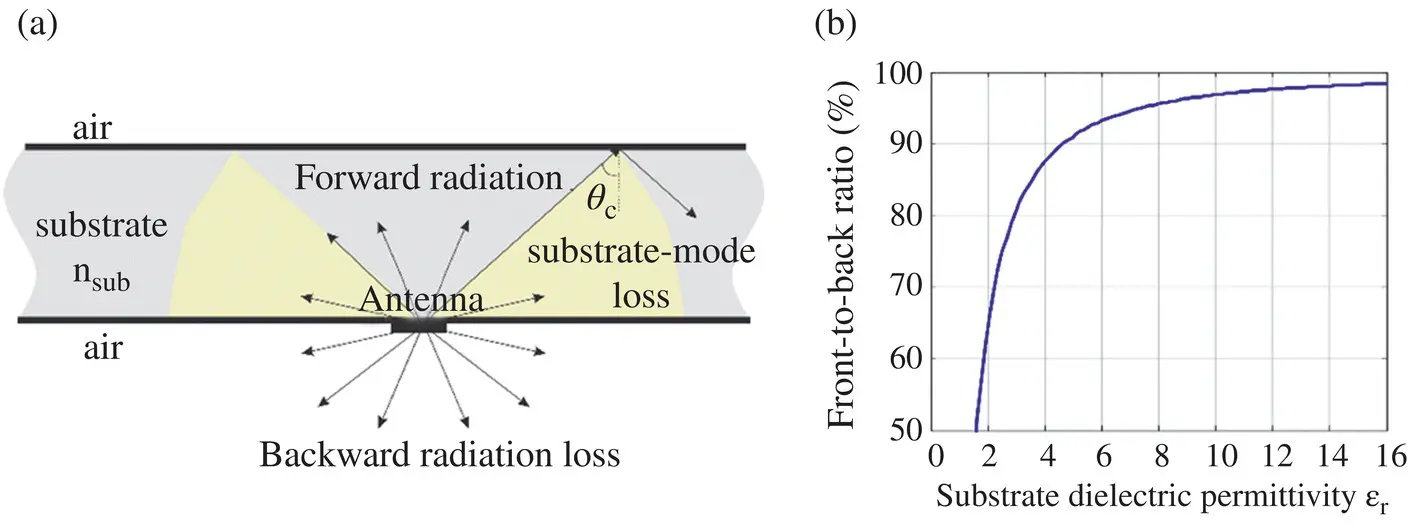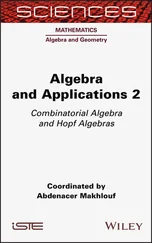Fundamentals of Terahertz Devices and Applications
Здесь есть возможность читать онлайн «Fundamentals of Terahertz Devices and Applications» — ознакомительный отрывок электронной книги совершенно бесплатно, а после прочтения отрывка купить полную версию. В некоторых случаях можно слушать аудио, скачать через торрент в формате fb2 и присутствует краткое содержание. Жанр: unrecognised, на английском языке. Описание произведения, (предисловие) а так же отзывы посетителей доступны на портале библиотеки ЛибКат.
- Название:Fundamentals of Terahertz Devices and Applications
- Автор:
- Жанр:
- Год:неизвестен
- ISBN:нет данных
- Рейтинг книги:4 / 5. Голосов: 1
-
Избранное:Добавить в избранное
- Отзывы:
-
Ваша оценка:
- 80
- 1
- 2
- 3
- 4
- 5
Fundamentals of Terahertz Devices and Applications: краткое содержание, описание и аннотация
Предлагаем к чтению аннотацию, описание, краткое содержание или предисловие (зависит от того, что написал сам автор книги «Fundamentals of Terahertz Devices and Applications»). Если вы не нашли необходимую информацию о книге — напишите в комментариях, мы постараемся отыскать её.
Fundamentals of Terahertz Devices and Applications
Fundamentals of Terahertz Devices and Applications — читать онлайн ознакомительный отрывок
Ниже представлен текст книги, разбитый по страницам. Система сохранения места последней прочитанной страницы, позволяет с удобством читать онлайн бесплатно книгу «Fundamentals of Terahertz Devices and Applications», без необходимости каждый раз заново искать на чём Вы остановились. Поставьте закладку, и сможете в любой момент перейти на страницу, на которой закончили чтение.
Интервал:
Закладка:
In terms of performance, silicon lens antennas have been able to reach a high quasi‐optical coupling efficiency for both single‐pixel and focal plane array architectures. It was traditionally achieved using resonant double slot antennas as in [21] and [22], and now broadband using a leaky‐wave slot as in [23]. New analysis methods and optimization techniques have been developed to improve the coupling between the lens and antenna mechanisms [24]. While books on horn and phased array design are extensive, the techniques to analyze integrated lenses antennas, especially for high directive feed antennas, i.e. leaky‐wave antennas, are not that common. This chapter explains how integrated lens antennas work and can be analyzed.
Recently, a new lens feed concept has been developed in [25, 26] coupling the shallow photo‐lithographic silicon lenses to a waveguide feed system with extremely low loss and high efficiency. The concept, which uses a novel leaky‐wave/Fabry–Perot resonator also formed monolithically, has negligible Ohmic losses at THz frequencies while producing a very directive field inside the lens; hence producing a highly isolated and directed output beam. These monolithic leaky‐wave feeds have now demonstrated the highest directivity‐to‐loss ratio ever reported in the THz band. Moreover, whereas traditional Fabry–Perot resonator‐based antennas typically have very narrow bandwidths, this leaky‐wave feed has yielded bandwidths in excess of 15%, well matched to most implemented or proposed THz heterodyne systems to date. This new lens feed concept unveils a wide range of possibilities for direct detection and heterodyne instruments, thanks to the high performance achieved for its use on highly packed focal plane arrays. This chapter will also address the design of these new lens feeds.
This book chapter is organized as follows. First, we cover the design and the analysis of elliptical lens antennas, providing analytical formulation to synthesize the lens and compute the radiation of the lens excited by a feed. Second, the semi‐hemispherical lens antenna is described, from its synthesis to its radiation properties while comparing it with the elliptical lens. Third, we explain the excitation of shallow lenses by leaky‐wave/Fabry–Perot feeds: starting from the analysis of the leaky‐wave effect and computing its propagation constant, then analyzing its radiation into an infinite medium (primary field), and finishing up with the optimization of the shallow‐lens geometry. Last, we explain how to develop a fly‐eye antenna array by describing the fabrication using silicon micromachining of the full lens antenna with DRIE techniques, evaluating the surface accuracy of the lens, and providing some examples of fabricated antennas. In addition, the chapter concludes with some worked examples to make the reader consolidate and reflect on the lessons learned.
2.2 Elliptical Lens Antennas
Integrated silicon lens antennas are well suited for submillimeter‐wave applications because of their focusing capabilities into a planar antenna. At submillimeter‐wave frequencies, planar antennas suffer from high power loss due to the excitation of multiple surface wave modes on thick dielectric substrates. When a radiating source is placed on a dielectric surface, the rays propagate through the dielectric reaching the dielectric‐air interface. At that point, the rays that reach the substrate edge with an angle above the critical angle, defined as θ c= a sin(1/ n subs) being n substhe refraction index of the substrate, are reflected back into the substrate generating reflections along the transversal axis of the dielectric (see Figure 2.1a). These are trapped waves that do not radiate into free space; thus they represent an efficiency loss.

Figure 2.1(a) Sketch of a planar antenna printed on a dielectric substrate. (b) Front‐to‐back ratio of an elementary dipole antenna as a function of the permittivity of the substrate [27].
Source : Modified from Rutledge et al. [27]; John Wiley & Sons.
One way to mitigate this loss is to reduce the thickness of the substrate until it is electrically thin (≈ λ subs/100, being λ substhe wavelength in the substrate λ subs= λ 0/ n subs) as in [28, 29] but at the cost of a poor front to back radiation. The antenna is integrated on a thin dielectric membrane which is typically less than 5 μm thick and realized on silicon, SiN, or SiO 2dielectrics. These antennas will couple weakly to the substrate and they will radiate the same amount of energy in the front and back hemispheres as if they were suspended in free space. In Ref. [30], a membrane of 1 μm of SiN was fabricated for an antenna working at 700 GHz.
Another approach is to use a thick substrate together with a lens of the same material to couple efficiently the radiation into free space as proposed by Kominami et al. [31]. The antenna is placed between two infinite mediums, one on the top and one on the bottom, and the top of the dielectric medium is curved in order to couple the radiation into a directive beam without having critical angle reflections. The front‐to‐back ratio of an elementary dipole planar antenna between the two mediums can be approximated as ηfront‐to‐back  [27]. Silicon and quartz are two of the materials that are used for the fabrication of integrated lenses due to their low dielectric loss and still high front‐to‐back ratios. As shown in Figure 2.1b, when using a dielectric of silicon ( ε r≈ 11.9) the power radiated to the silicon is around 97.5% of the power radiated to the air, while if the lens is quartz ( ε r≈ 4), the power radiated is around 87.5%. The lens is put on the backside of the antenna on the substrate radiates most of their power into the dielectric side making the pattern unidirectional and also providing thermal and mechanical stability.
[27]. Silicon and quartz are two of the materials that are used for the fabrication of integrated lenses due to their low dielectric loss and still high front‐to‐back ratios. As shown in Figure 2.1b, when using a dielectric of silicon ( ε r≈ 11.9) the power radiated to the silicon is around 97.5% of the power radiated to the air, while if the lens is quartz ( ε r≈ 4), the power radiated is around 87.5%. The lens is put on the backside of the antenna on the substrate radiates most of their power into the dielectric side making the pattern unidirectional and also providing thermal and mechanical stability.
2.2.1 Elliptical Lens Synthesis
In the following example, we will derive the canonical geometry (elliptical lens) that achieves a planar wave front at the aperture, starting from a spherical wave at its focus. This demonstration is based on a geometrical optics (GO) approach, or also called ray tracing. We start by imposing that all the rays in Figure 2.2a have the same electrical length:
(2.1) 

Figure 2.2 Geometrical parameters of an elliptical lens.
where k 0and  are the wave numbers in free space and the dielectric mediums, respectively. Equation (2.1)can be rewritten as:
are the wave numbers in free space and the dielectric mediums, respectively. Equation (2.1)can be rewritten as:
(2.2) 
And we can also equate the projection in the z ‐axis of these rays:
Читать дальшеИнтервал:
Закладка:
Похожие книги на «Fundamentals of Terahertz Devices and Applications»
Представляем Вашему вниманию похожие книги на «Fundamentals of Terahertz Devices and Applications» списком для выбора. Мы отобрали схожую по названию и смыслу литературу в надежде предоставить читателям больше вариантов отыскать новые, интересные, ещё непрочитанные произведения.
Обсуждение, отзывы о книге «Fundamentals of Terahertz Devices and Applications» и просто собственные мнения читателей. Оставьте ваши комментарии, напишите, что Вы думаете о произведении, его смысле или главных героях. Укажите что конкретно понравилось, а что нет, и почему Вы так считаете.












